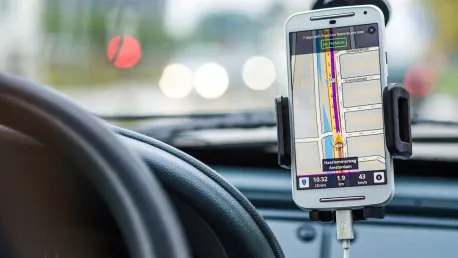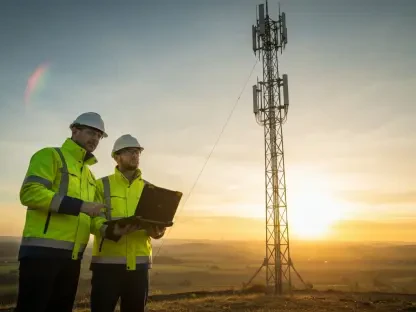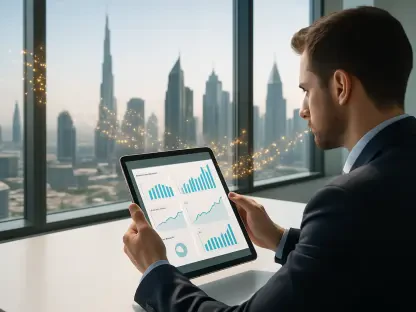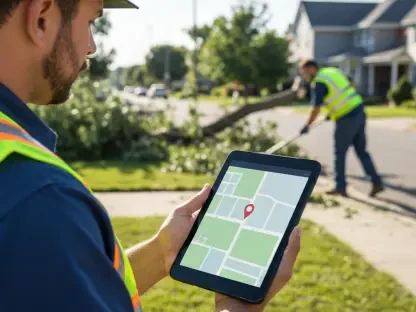In a groundbreaking study, researchers from Google and the University of Colorado at Boulder (CU Boulder) have creatively repurposed smartphones into potent scientific instruments for studying outer space, specifically focusing on the uppermost layer of Earth’s atmosphere. This study analyzes the transformation of Android phones into tools that contribute to the study and mapping of the ionosphere—crucial for improving global positioning system (GPS) accuracy and gaining deeper insights into atmospheric phenomena. The joint effort, led by Brian Williams of Google Research and Jade Morton from CU Boulder, aims to make use of the ubiquitous presence and technological capabilities of smartphones to answer scientific questions typically addressed by far more costly and complex equipment.
The Power of Smartphones in Scientific Research
Smartphones come equipped with GPS sensors that can collect and provide data on how Earth’s atmosphere affects signals emanating from satellites. This study utilized the feature of data crowdsourcing from millions of Android devices globally to generate detailed maps of the ionosphere, a volatile layer of the atmosphere teeming with charged particles, which plays a significant role in GPS signal accuracy. By aggregating and analyzing data collected by the GPS sensors in these smartphones, the researchers were able to observe intricate details of atmospheric phenomena, such as plasma bubbles—regions of low electron concentration that can significantly disrupt GPS signals. The research unveiled a novel method of leveraging everyday technology for complex scientific problems.
The integration of smartphones into scientific research reveals an overarching trend of applying consumer electronics to address issues traditionally tackled by costlier, specialized equipment. While radar dishes and other expensive ground-based apparatus have commonly been used to map and study the ionosphere, these methods afford only a partial view, covering approximately 14% of the ionosphere at any given time. In contrast, utilizing the widespread presence of smartphones provides more extensive coverage, potentially observing up to 21% of the ionosphere and doubling GPS measurement accuracy. This approach of crowdsourcing data also presents new opportunities for more collaborative and inclusive scientific research, shifting the paradigm towards cost-effective methods within atmospheric and space research.
Capturing Atmospheric Phenomena with Smartphones
A specific example from the study demonstrated how the research team captured the impact of a powerful solar storm in May 2024 using data from millions of cell phones. The resulting maps showed that large regions of the atmosphere, or plasma bubbles, formed above parts of South America and ascended through the ionosphere. This level of detail and dynamic observation was facilitated by the near-ubiquitous presence of smartphones, highlighting their significant, untapped potential in scientific research. Such advancements underscore the importance of leveraging consumer technology for scientific applications.
One of the standout findings from this research is the transition from relying solely on dedicated, expensive scientific instruments to utilizing advanced sensors embedded in ubiquitous consumer electronics. The precision and volume of data provided by millions of smartphones have been shown to potentially outperform traditional scientific approaches, suggesting a shift towards more innovative, cost-efficient practices in atmospheric and space research. This strategy not only offers enhanced spatial resolution and greater temporal coverage but also democratizes scientific data collection by involving a global community in the process. The pervasive accessibility of smartphones thus opens up new frontiers for observing and understanding atmospheric phenomena.
The Collaborative Potential of Crowdsourced Data
Throughout the study, a clear consensus emerged that combining technological advancements with data crowdsourced from everyday devices like smartphones opens new frontiers for scientific discovery. Rather than being constrained by traditional, localized, and frequently expensive equipment, this approach showcases the collaborative potential of using the numerous data points gathered from consumer technology. By tapping into a vast pool of accessible devices, researchers can achieve a more comprehensive and detailed understanding of the ionosphere and related atmospheric phenomena. This collaborative strategy is set to reshape the landscape of scientific research.
The researchers have made their data publicly available, encouraging other scientists to build upon their findings and contribute to a refined understanding of the ionosphere and its effects on global communication systems. Such transparency and open collaboration are crucial for advancing scientific knowledge and ensuring that research benefits are widely shared. Researchers from various fields can now access this data and develop further insights, fostering a global community of scientific inquiry and innovation.
Implications for GPS Technology and Beyond
In a groundbreaking study, researchers from Google and the University of Colorado at Boulder (CU Boulder) have ingeniously transformed smartphones into powerful scientific instruments for exploring outer space, with a particular focus on the highest layer of Earth’s atmosphere. This innovative research examines how Android phones can be converted into tools that aid in studying and mapping the ionosphere. This layer is essential for enhancing the accuracy of the global positioning system (GPS) and for gaining a more profound understanding of atmospheric phenomena. Spearheaded by Brian Williams of Google Research and Jade Morton from CU Boulder, the collaborative project seeks to leverage the widespread availability and advanced capabilities of smartphones. The ultimate goal is to address scientific questions that typically require much more expensive and sophisticated equipment. By harnessing the potential of everyday devices, the team aims to democratize access to high-level scientific research, making significant contributions to both atmospheric science and technology.









